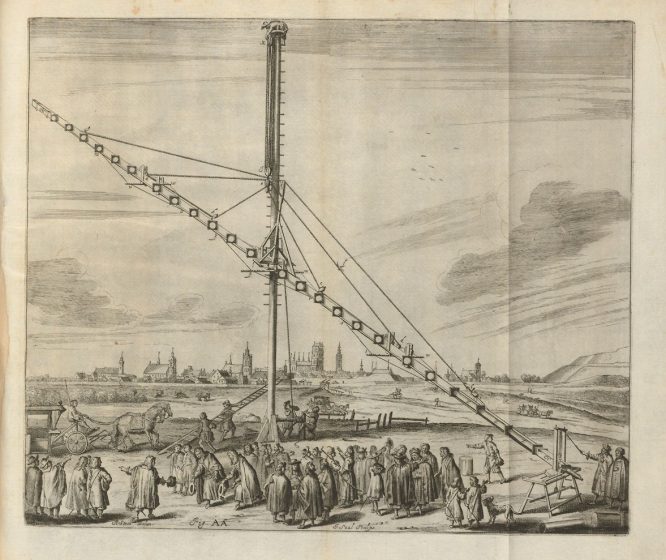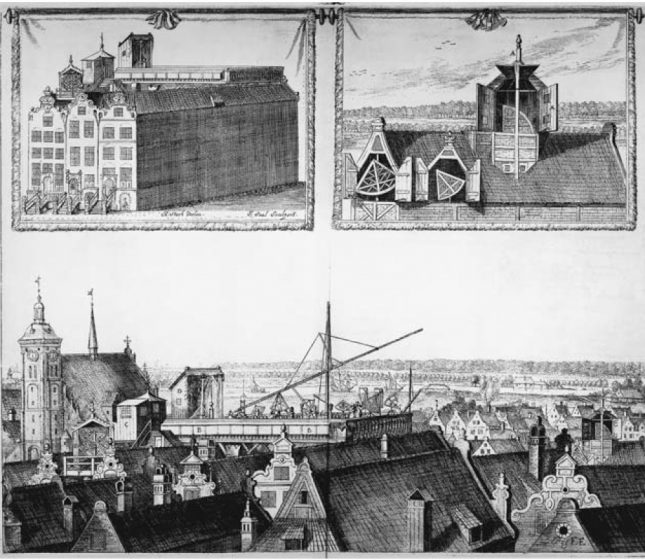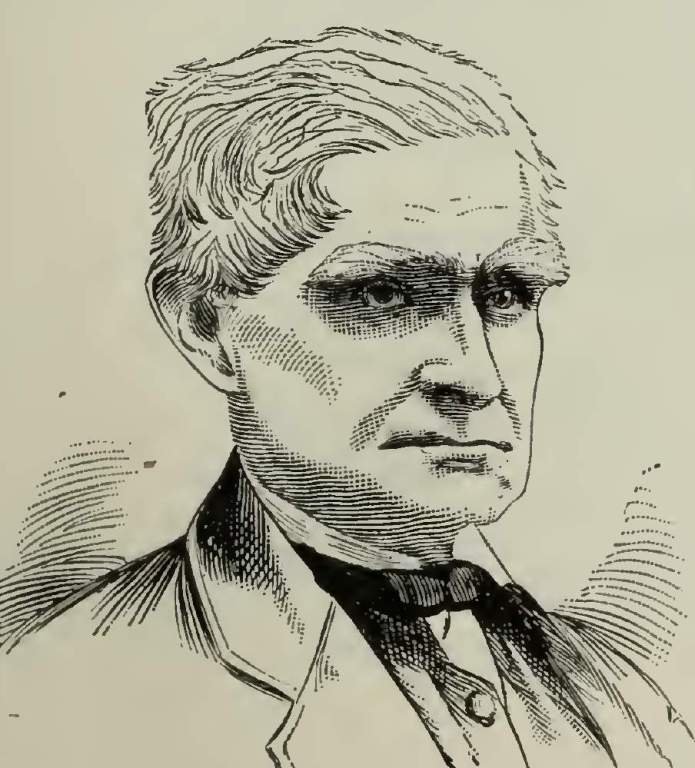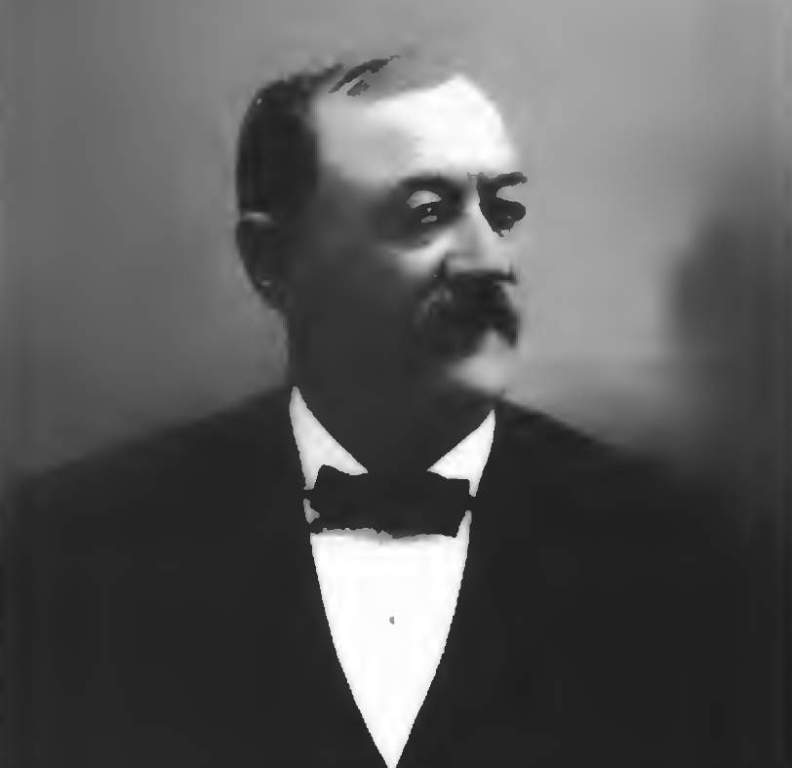Johannes Havelius published the first detailed map of the surface of the Moon in 1647. He was born on January 28, 1611, in Danzig (Gdansk), now a city in Poland. His German name was Jan Hewel, Latinized to Hevelius. Titled Selenographia, the map was based on his own astronomical observations from the roof of his house.
Like many 17th-century astronomers who supported themselves financially with another occupation, Hevelius represents an era when no distinction was made between accomplished amateurs and professionals in this science. Johannes Hevelius was a successful merchant, city councilor, and mayor of Danzig.
His rooftop observatory was built in 1641 by his three connected houses. His splendid instruments and books were destroyed by fire in 1679, including a massive Keplerian telescope of 150 feet in focal length. Many of his observations on star locations and comet paths were gathered and published posthumously by his wife in Uranographia (1690).
Mapping the Moon in the mid-17th century represented a clear departure from the pre-Copernican view that celestial bodies were made of completely different materials than terrestrial ones. With designations of mountain ranges and the incorrect designation of flat plains as mares or seas.

The astronomical community came to accept that Earth, Moon, and the planets were similar in form. That was an indication of the diminution of the special place in the universe previously assumed to be held by Earth and its human inhabitants. Further, he successfully unearthed four comments in 1652, 1661, 1672, and 1677. These discoveries were published in his thesis which believes such bodies revolve around the sun in parabolic paths.
Johannes Havelius considered himself a citizen of the Polish world. Because he believed he had worked for the glory of his country and for the good of science. Also, he was an exorbitant hard worker who, while not boasting much, executed his work with the most effort per his abilities.

He was famous due to his brilliant caliber in astronomy and was regarded as “the founder of lunar topography”. His father and mother were wealthy German merchants. In 1660, Polish Queen Marie Louise Gonzaga visited his observatory and hugely applauded his efforts. His health deteriorated with the loss of his instruments and books, so he died on January 28, 1687, at the age of 76 in Danzig (his hometown).

Read More
- Titanic History – A Miserable Night to Remember
- Legal and Ethical Issues in Salvaging Titanic Wreck
- Architecture and Applied Arts in Old Spain
- The Historical Rare Pictures of RMS Titanic Ship
- The Lost Treasure of Kelly’s Canyon, Idah






